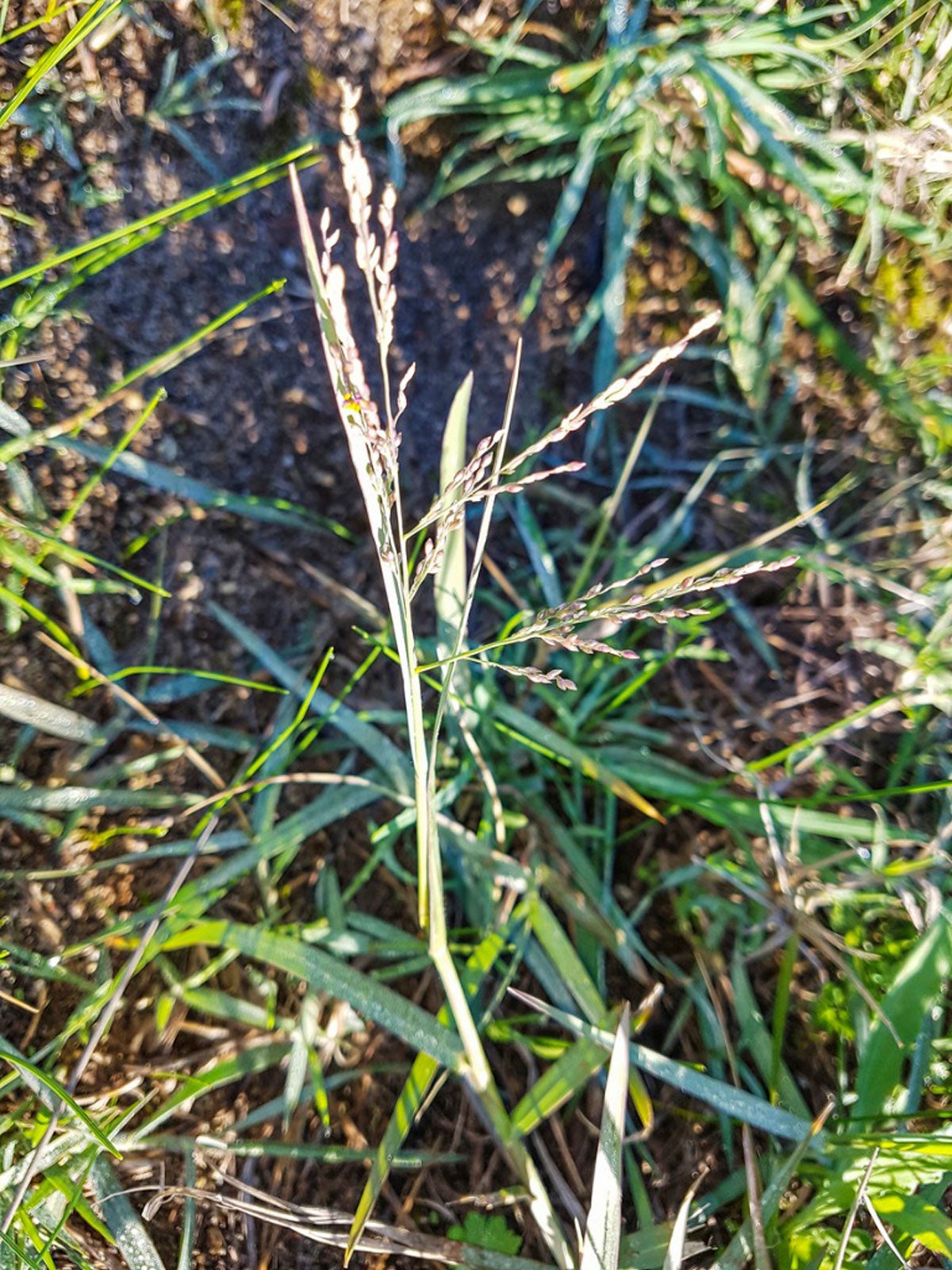Torpedograss Weeds: Tips On Torpedograss Control
How to safely and naturally get rid of torpedograss presents a great challenge, but it can be done.


Caroline Bloomfield
How To Get Rid Of Torpedograss
Torpedograss (Panicum repens) is native to Asia and Africa and was introduced to North America as a forage crop. Now torpedograss weeds are among the most common and annoying pest plants here.
This is a persistent plant that pierces soil with pointed rhizomes that grow a foot (30 cm.) or more into the earth. Eliminating torpedograss in the lawn is tricky business, requiring tenacity and often multiple chemical applications. The weed is nearly indestructible and has been known to come out through weed barrier fabric.
Torpedograss Identification
Expert tips for how to get rid of torpedograss tend to point toward chemical, not mechanical measures. This is bad news for those of us who prefer not to use chemicals on our landscape.
You could just leave this weed alone but it would first take over your lawn and then move to the garden beds. Torpedograss weeds spread by their abundance of seed, but also from even tiny fragments of rhizome. This makes for a formidable foe.
The first step in any weed control is to correctly identify it. Torpedograss is a perennial that can grow up to 2.5 feet (0.7 m.) in height. It produces stiff stems with thick, rigid, flat or folded leaf blades. Stems are smooth but the leaves and sheaths are hairy. The color is grayish green. The inflorescence is a vertical loose panicle, 3 to 9 inches (7.5-23 cm.) long.
This annoying plant can flower all year long. The rhizomes are a key to torpedograss identification. They stab down into soil with pointed tips that spear soil and grow deeply. Any part of the rhizome that remains in soil will resprout and produce new plants.
How to Get Rid of Torpedograss in Beds
Torpedograss control is nothing to jest about due to its difficulty and general unpredictability. As mentioned, weed barriers have little effect on the plant, and hand pulling can leave behind rhizomes, causing more problems later. There have been some studies showing burning as being effective.
Gardening tips, videos, info and more delivered right to your inbox!
Sign up for the Gardening Know How newsletter today and receive a free copy of our e-book "How to Grow Delicious Tomatoes".
You can try mulching over torpedograss to deprive it of sunlight and water. Some gardeners use horticultural-strength vinegar, or a mixture of horticultural vinegar, dish soap, salt and water. Remember that this may affect surrounding plants so apply it carefully. Salt will also help kill torpedograss that's growing between the cracks of bricks and rocks.
Eliminating Torpedograss in the Lawn
A safe non-chemical way to eliminate torpedograss from your lawn to simply by dig up the roots, being sure to get every piece of them. This may need to be done multiple times.
Going to war against torpedograss may be a losing proposition. You may want to consider just ignoring it and just mow it along with the other grasses in your lawn.

Bonnie Grant is a professional landscaper with a Certification in Urban Gardening. She has been gardening and writing for 15 years. A former professional chef, she has a passion for edible landscaping.
- Caroline BloomfieldManager of Marketing Communications
-
 Terrifically Tubular Flowers For Hummingbirds: 9 Tube-Flowered Plants To Attract Hummers
Terrifically Tubular Flowers For Hummingbirds: 9 Tube-Flowered Plants To Attract HummersGrowing tubular flowers for hummingbirds helps you create the optimum feeding conditions for your winged friends. Here are nine tubed delights for hummers
By Tonya Barnett
-
 How To Grow Hydroponic Tomatoes For Fresh Indoor Harvests – No Soil Required
How To Grow Hydroponic Tomatoes For Fresh Indoor Harvests – No Soil RequiredLearning how to grow tomatoes in water is easy and allows you to harvest fresh-home-grown produce in every season without any mess.
By Ellen Wells